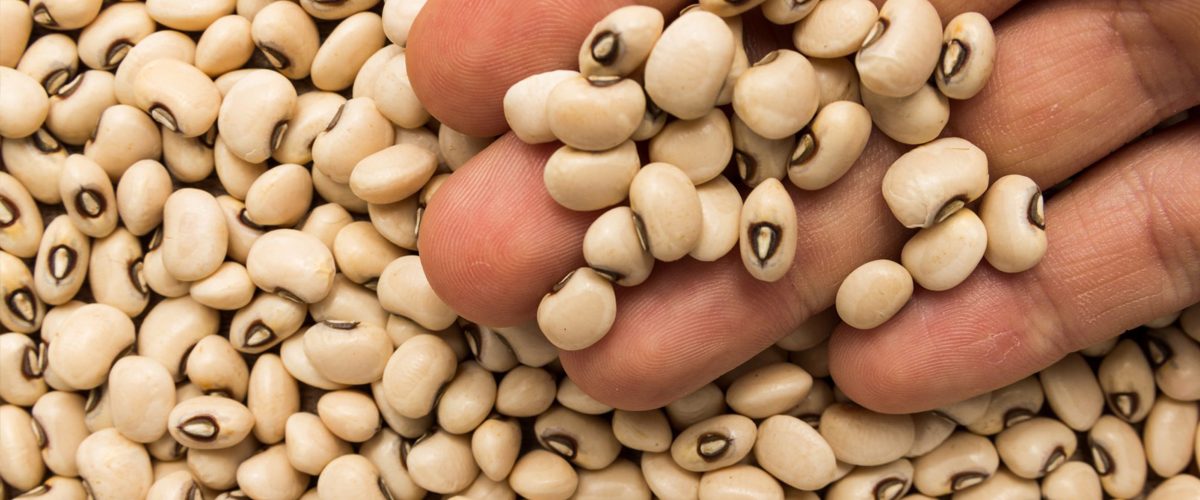Vigna unguiculata is commonly known as cowpea that is a herbaceous legume from the genus Vigna. It is an important crop in the semiarid regions of Asia and across Africa due to its tolerance for sandy soil and low rainfall. The plant’s root nodules are able to fix atmospheric nitrogen, make it a favorable crop for poor farmers and well-suited to intercropping with other crops. The plant and its parts are used as animal feed. Cowpea is one of the most leguminous crops in the world with an estimated 14.5 M ha of land planted annually. Global production of dried cowpeas in 2016 was 6.5 M metric tons.
‘Burkina Faso’ is a landlocked country in West Africa. In this region, cowpea is the first leguminous used as food and the 4th economical crop. This crop production is an important economic activity in many African countries but the crop is gradually damaged by charcoal rot caused by Macrophomina phaseolina.
This fungal pathogen is worldwide distributed among crop and non-crop plant species and belongs to the Coelomycetes class. It causes stem and pod rots, seedling blight and has more than 500 plant species as host range. Mbaye et al. (2015) informed that this fungus causes yield losses from 10-50% and identified as one of the most significant diseases of legumes including cowpea.
Disease symptoms caused by M. phaseolina include the presence of black sclerotia on the lower part of the stem and wilting and drying of the leaves and eventually the whole plant at the flowering and fruiting stages. The fungus infects the roots which further leads to pre-or post-emergence seedling damping-off or low plant growth. Sawadogo et al. (2020) informed that the crop faces many abiotic and biotic constraints such as striga and virus attacks that reduce the yield in the field in Burkina Faso.

In addition, Mbaye et al. (2015) claimed that M. phaseolina is known to be a severe threat to cowpea. No chemical control currently exists for charcoal rot, and control strategies other than host resistance are not much effective and economical due to the soil-borne nature of the pathogen. Currently, research conducted by Ouédraogo et al. (2021) and published in the Asian Journal of Plant Sciences with the aim to identify among cowpea germplasm, the genotypes endowed with stable resistance to M. phaseolina.
The researchers identified two genotypes including SP 369A profil-39B and Kaya local showed high and stable resistance to M. phaseolina under artificial inoculation. In addition, Woango-1, Gourgou and NE3076 profil-51b also revealed a good resistance under greenhouse. Several genotypes susceptible to M. phaseolina were also identified and included Pa local-GJ and Pobe local. The researchers claimed that their study will help the researchers to discover the critical areas of genetic resistance to charcoal rot of cowpea, caused by M. phaseolina.
















Add comment